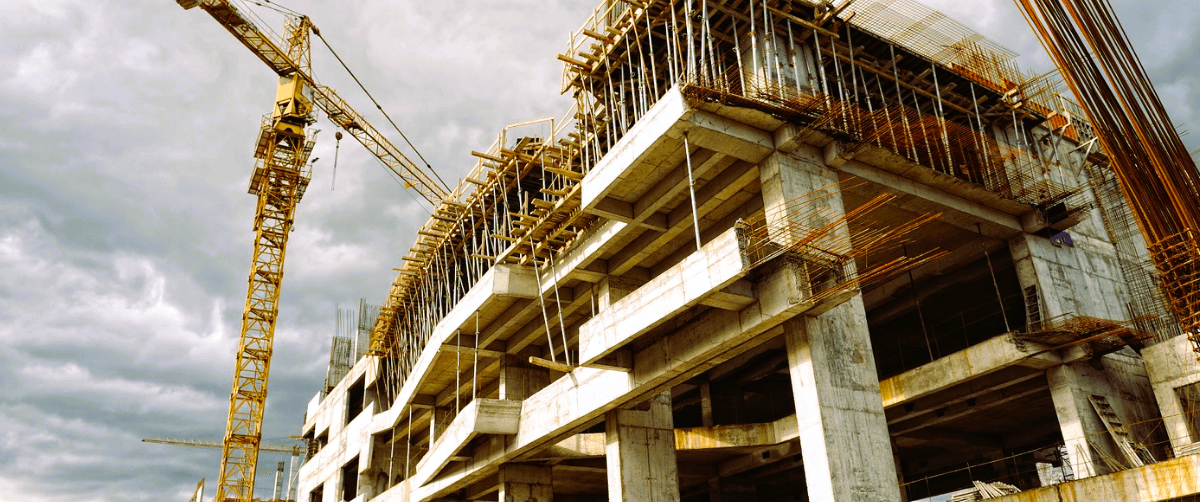Concrete, a versatile and ubiquitous construction material, serves as the foundation for countless structures worldwide. Its durability, strength, and adaptability make it a go-to choice for builders and engineers. However, as sustainability becomes a paramount concern in the construction industry, a deeper exploration into the types of concrete, their varied uses, and the quest for sustainable alternatives becomes imperative.
Understanding Concrete:
Concrete is a composite material made up of three primary components: cement, water, and aggregates (such as sand, gravel, or crushed stone). The chemical reaction between cement and water, known as hydration, binds the ingredients together, forming a solid and robust material.
Types of Concrete:

- Normal Strength Concrete:This is the most commonly used type of concrete and is suitable for a wide range of applications. It typically has a compressive strength in the range of 20 to 40 megapascals (MPa). Normal strength concrete is used in residential construction, pavements, and most general-purpose structures.
- High-Strength Concrete:High-strength concrete is engineered to have compressive strengths exceeding 40 MPa. It is employed in projects where structural integrity and load-bearing capacity are critical, such as high-rise buildings, bridges, and industrial structures.
- Lightweight Concrete:Lightweight concrete is formulated to have a lower density than normal strength concrete. This is achieved by incorporating lightweight aggregates, such as expanded clay or shale. It is suitable for applications where reduced dead load is desirable, such as in precast elements or building components.
- Shotcrete:Shotcrete, or sprayed concrete, is a versatile form of concrete application. It involves projecting concrete mix at high velocity onto a surface, often used for repairing and reinforcing structures. It is particularly effective in slope stabilization, tunneling, and structural repairs.
- Self-Consolidating Concrete (SCC):SCC is a highly flowable and non-segregating type of concrete. It is designed to flow and fill the formwork under its own weight, eliminating the need for vibration. SCC is commonly used in complex or densely reinforced structures where traditional consolidation methods may be challenging. To master construction project planning, read our step-by-step guide.
Common Uses of Concrete:
- Residential Construction:Concrete is extensively used in residential construction for foundations, slabs, and walls. Its durability and ability to withstand various environmental conditions make it a reliable choice for building homes.
- Infrastructure:Bridges, roads, tunnels, and dams rely heavily on the strength and durability of concrete. The material’s ability to withstand heavy loads and resist deterioration from environmental factors makes it indispensable in infrastructure projects.
- Commercial Buildings:Commercial structures, including office buildings, shopping centers, and warehouses, often utilize concrete for their foundations, floors, and structural elements. The material’s fire-resistant properties and adaptability to various architectural designs contribute to its popularity.
- Precast Elements:Concrete’s versatility extends to the production of precast elements, such as panels, beams, and columns. These components are manufactured off-site and transported to the construction site, improving efficiency and construction speed.
- Decorative Applications:Beyond structural applications, concrete is widely used for decorative purposes. Stamped concrete, polished concrete floors, and architectural concrete elements contribute to aesthetically pleasing designs in both residential and commercial settings.
Sustainable Alternatives and Innovations:
While concrete has been a stalwart in construction, its environmental impact, particularly in terms of carbon emissions during cement production, has spurred the exploration of sustainable alternatives. Several innovations aim to reduce the environmental footprint of concrete:
- Green Concrete:Green concrete incorporates recycled materials and industrial by-products, such as fly ash, slag, or silica fume, in the cement mix. This reduces the demand for traditional raw materials, conserving natural resources and diminishing the carbon footprint.
- High-Performance Concrete with Reduced Cement Content:By optimizing the mix design, engineers can create high-performance concrete with reduced cement content. This approach maintains structural integrity while lowering the overall environmental impact associated with cement production.
- Carbon Capture Technology:Carbon capture technology involves capturing carbon dioxide emissions from cement production before they enter the atmosphere. This not only reduces the environmental impact but also contributes to the development of more sustainable concrete.
- Bioconcrete:Bioconcrete incorporates bacteria or microorganisms into the concrete mix that can produce limestone, helping to heal cracks and increase the material’s lifespan. This self-healing property enhances the durability and longevity of structures.
- Recycled Aggregate Concrete:This type of concrete uses recycled aggregates from construction and demolition waste. By reusing materials that would otherwise end up in landfills, recycled aggregate concrete contributes to sustainability and resource conservation.

Industry Standards and Guidelines:
For comprehensive information on concrete types, uses, and sustainable alternatives, readers are encouraged to refer to resources provided by Wikipedia. These platforms offer valuable insights into concrete technologies, construction practices, and standards that govern the use of concrete in various applications.
Conclusion:
Concrete, with its diverse types and myriad applications, continues to be a fundamental building material. However, as the construction industry pivots towards sustainability, the quest for eco-friendly alternatives and innovative practices is gaining momentum. The ongoing exploration of green concrete, carbon capture technologies, and other sustainable alternatives signifies a commitment to reducing the environmental impact of construction activities. As the industry evolves, a balanced approach that combines the durability and reliability of concrete with sustainable innovations will play a pivotal role in shaping the future of construction.




